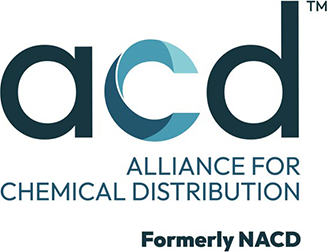Written By: Steven Knudsen, VP of Strategy and Corporate Development at Hoover CS
As chemical manufacturers and distributors continue to be in the spotlight for how they are advancing sustainable solutions to support a circular economy, here are three trends I anticipate dominating 2023 and beyond, and my thoughts on how they may impact chemical packaging.
Trend – Onshoring of Supply Chains
With the impact of COVID-19 shutting down China’s manufacturing for long periods of time, shipping delays and constraints, plus geopolitical tensions between the US and China, there is a movement of bringing some supply chains and manufacturing back to the U.S./North America.
Potential Impact on Packaging: We may see less use of bulk tanks/packaging to move chemical across oceans since more manufacturing will take place in North America. This trend may also drive smaller, more modular manufacturing of chemicals closer to centers of demand, which would in turn make circular packaging even more advantageous from a carbon reduction perspective.
Trend – Carbon Reduction Shifting from Talk to Action
Many large companies set 2025 sustainability goals in the past 3-4 years, and they are now getting to where they can’t just talk about it, they must take action. I think this was reflected in the COP27 proceedings with the focus on striking a deal on the “loss and damage” fund. To me, this being a big focus embodied the shift toward a ‘put your money where your mouth is’ mentality.
Potential Impact on Packaging: As companies look to make progress against their sustainability goals, Scope 1 and 2 can no longer be the limit of their focus, Scope 3 presents a large opportunity for improvement. For most chemical companies, supply chain packaging will need to be part of the consideration.
Trend – Recognition that Decarbonizing will Take More than just Solar Panels & Windmills
As the goal of keeping global temperature rise to no more than 1.5 degrees Celsius was reaffirmed at COP27 there is starting to be a broader look at sources of potential reduction beyond power generation. McKinsey & Company’s Sustainable Materials Hub found that materials value chains account for ~20% of global GHG emissions. So, companies need to find ways to thrive with less new materials and rely more heavily on circular solutions.
Potential Impact on Packaging: According to McKinsey’s analysis, the production of Iron/Steel and Plastic together account for ~10% of global GHG emissions. Shifting from single-use applications of those materials to circular applications of those materials can make a meaningful contribution toward reducing global GHG emissions.



